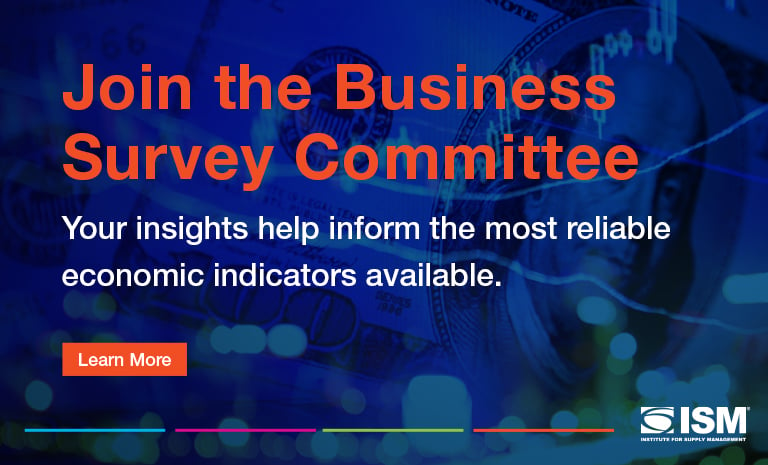Inside Supply Management Magazine
Finding a New Offshore Supplier

By Viet Ho
Recently, I was tasked with helping a company find an alternative low-cost offshore supplier for IT services. In any consideration for offshore suppliers, there are four key areas during the research and investigation stage where it pays to spend the extra time and effort with each potential supplier:
●Risk management. How well-equipped is the supplier to handle problems and crises? Does it have contingency plans in place should a natural or economic disaster occur? Review the certification level of your supplier (for example, check ISO and CMMI certifications). You’ll want to make sure you’re comfortable with their security arrangements and they should have secured networks, with crucial codes remaining in the U.S.
●Service levels. Find out how well this supplier works with its customers. Is it a challenge to reach a live person, or are calls automated? Does it have a reputation as a strong business partner that upholds contracts and delivers what is promised? Plan for sufficient knowledge transfer time, and if you can do it, have U.S.-based employees spend time in the outsourced destination (or have the outsourced employees visit your location), because it’s a good idea to spend time working together to be sure everyone is on the same page. This is very important when it comes to quality control metrics. Make sure the important factors are measured, tracked, and clearly reported. Finally, encourage your outsourced supplier to enhance the account management portion of the contract — make solid, ongoing service a priority.
●Financial considerations. When trying to choose between two different locations for BPO outsourcing, benchmark your costs for both locations. Model costs 3-5 years out, and look at the total cost of the engagement. Be sure to include leverage factors, IT costs, travel and data expenses, as well. In my project, I examined the costs for India and Vietnam side-by-side.
●Long-term viability. Make sure the supplier has the capacity or is willing to make investment in your scope. Does the supplier’s service roadmap fit into your long-term plan? For example, this helped me to realize that Vietnam’s relationship with the U.S. is strengthening, and is expected to continue for the next several years at least. While no one can fully predict the future, we can make educated assumptions based on research data — for example, the Vietnamese government’s commitment to making business growth a priority, and the number of technology and BPO firms doing business within the country, among other indicators.
During the first phase of our search, we conducted market and supplier research. We spoke with industry analysts such as Gartner and Forrester, and had discussions with peers and colleagues to find out what some of our best options might be. We then conducted requests for information (RFIs).
Next, we evaluated different geographic locations. Eastern Europe, Latin America, Africa, and Asia were the four primary regions we considered and it soon became apparent thanks to information we gleaned from our research and the RFIs that Asia was the area with the strongest options for our needs. We performed a detailed review of three short-listed locations: The Philippines, Malaysia and Vietnam. After looking at each region through the lens of the four factors listed above, Vietnam emerged as our strongest option.
We weren’t finished yet, however. It was time to test and confirm our value proposition to senior management. While the specifics of what my team accomplished to convince leaders to move some outsourcing of business processes to Vietnam are confidential, here are some things one can do to start exploring Vietnam as a potential location:
●If there are budget constraints in your organization, identify a small project or two that might not be feasible at the moment due to high costs. You may be able to accomplish positive results for these projects by working with a Vietnam supplier due to its large cost advantage. This can be a welcome end-of-year surprise for senior management.
●To gain some leverage with your incumbent US/India/China suppliers, try a small pilot/proof of concept. Start with a small project in an IT generic skillset area, or a scope of work in BPO space, and use the opportunity to “push” your incumbents.
●Mitigate country risk by qualifying Vietnam ahead of time as a new location to use as risk mitigation for your chief information officer. For instance, you could create an “India + 1” option for him/her to consider.
In my example, we ended up working with two suppliers — one located in Vietnam, and one located in the U.S. We chose the suppliers based on their strong service delivery and lower costs, as those were the two driving factors behind the outsourcing initiative. We’ve been very pleased with the results: The Vietnam provider’s costs are 40 percent below India and 80 percent below U.S. providers.
Viet Ho is CPO at Russell Investments. He features information about doing business in Vietnam on his blog, www.offshoreviet.com.
